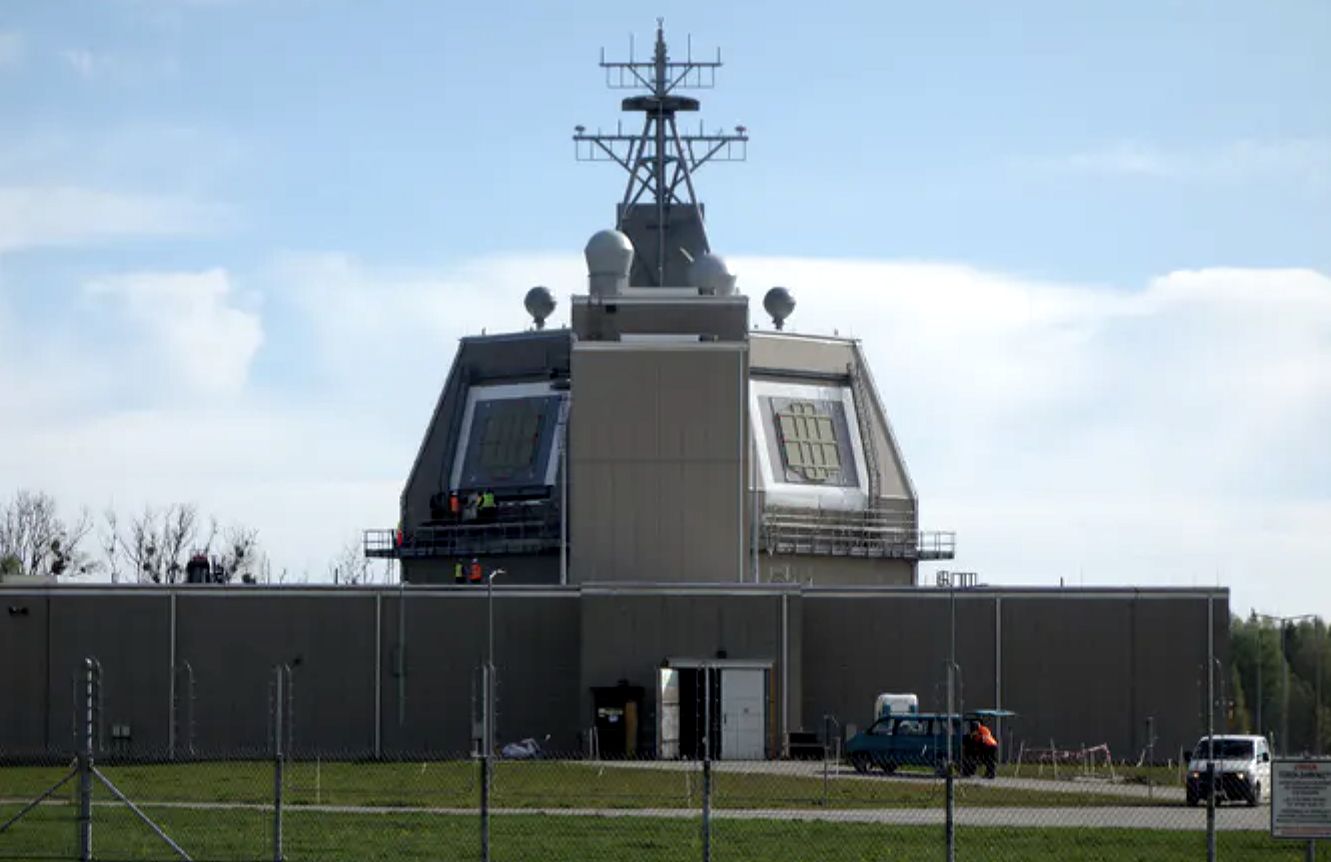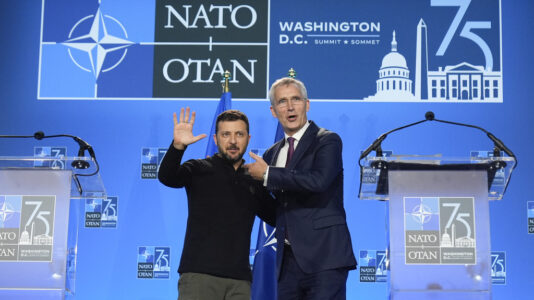In Washington during a NATO summit, Poland’s Deputy Prime Minister and Minister of National Defense, Władysław Kosiniak-Kamysz, confirmed the operational readiness of the Redzikowo missile defense base, which has now transitioned from a solely American system to a fully integrated NATO defense system.
The base, part of the U.S. European Phased Adaptive Approach (EPAA), plays a crucial role in the NATO-integrated air and missile defense system.
“The declaration made at the NATO summit confirms this operational capability and represents a significant success for Poland,” stated Kosiniak-Kamysz. He emphasized the strategic importance of the Redzikowo base, highlighting its unique capability to defend against medium and intermediate-range ballistic missiles potentially targeting Europe or the United States.
“This site is one of only two such locations, with the other in Romania. It’s finally a reality after years of development,” he added.
Polish President Andrzej Duda also weighed in, assessing the base’s crucial role in enhancing the security not just of Poland, but of NATO and the global community as a whole.
“This base is not only about the missiles it will house but also involves a significant protective infrastructure that undoubtedly strengthens Poland’s security. Hosting a base that contains some of NATO’s and America’s top military secrets inherently provides special protection to the area,” Duda explained.
The project started in the mid-2000s and enjoyed the support of subsequent Polish governments, which saw it as an important dimension of bilateral political-military relations with the U.S. The current architecture of the EPAA is different from the National Missile Defense (NMD) envisioned by the George W. Bush administration in which interceptors in Poland would be used to target Iranian intercontinental ballistic missiles.
According to the Polish Institute of International Affairs (PISM), the EPAA system along with U.S. forces present on NATO’s eastern flank since 2014 are very important and yet just one of a few pillars of American-Polish partnership. In the context of the Russian aggression on Ukraine, more important for Poland might be issues of continued military assistance to Ukraine, the presence of permanent U.S. land forces in the region, and a credible NATO strategy of defense and deterrence, including in the nuclear dimension.






